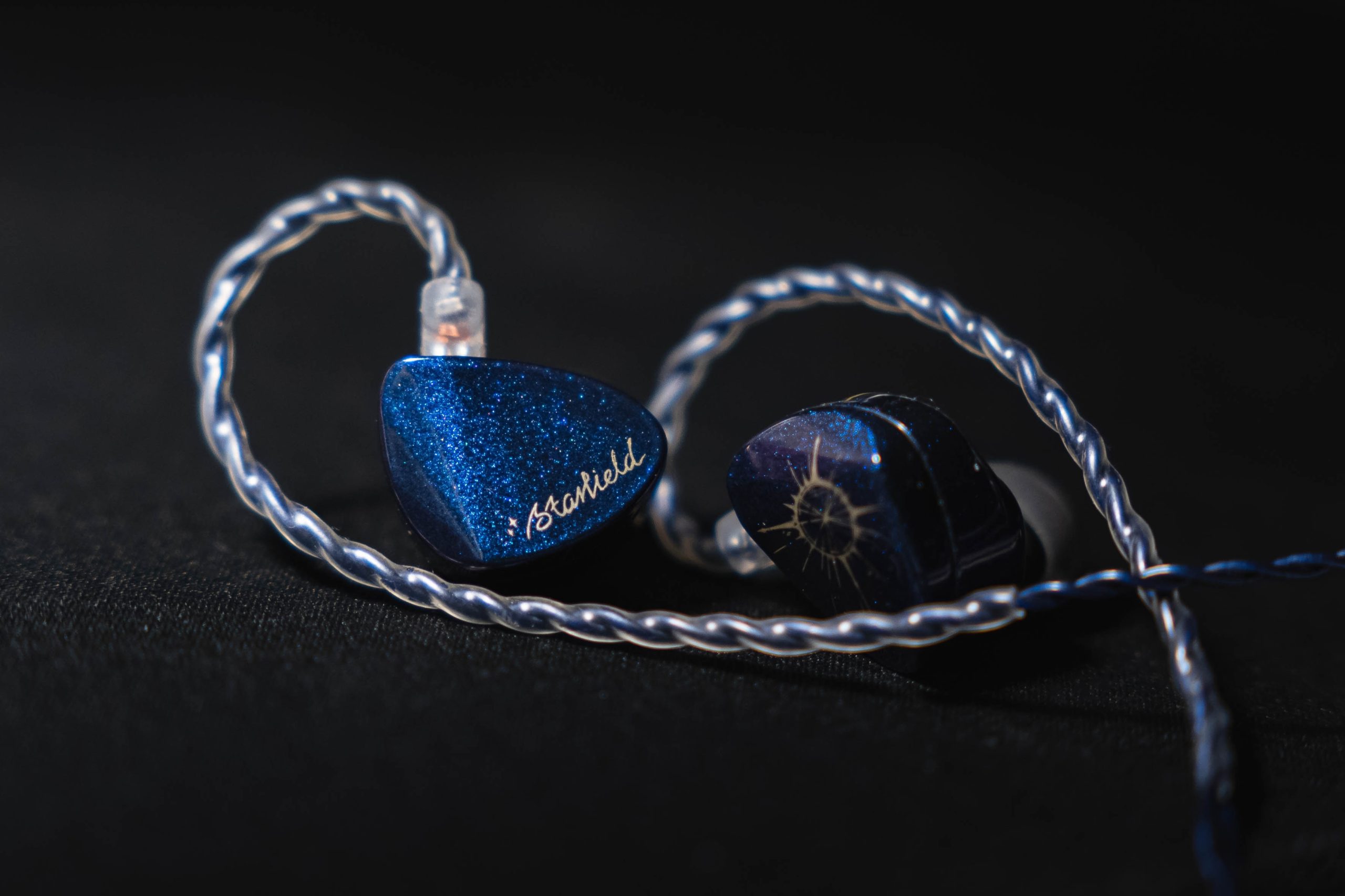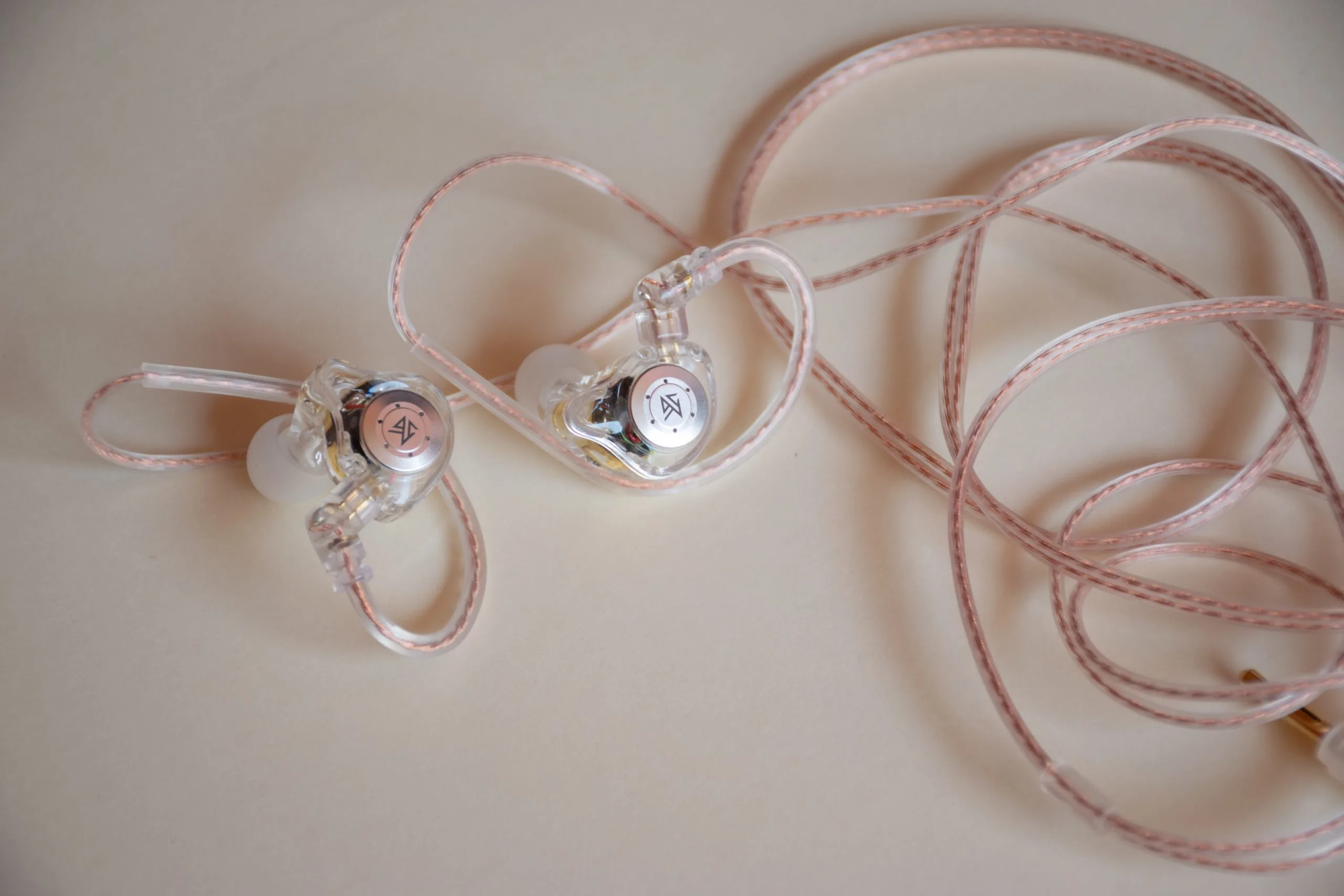From late diagnosis, to no cure being available, the detection and treatment of Alzheimer’s disease has been met with difficulties for years. However, there may be a solution looming, thanks to Rigshospitalet University and Aarhus University collaborating with the Danish health technology company, T&W Engineering. Their goal? To create a simple, at-home solution for early detection and monitoring of Alzheimer’s and Parkinson’s diseases.
What Is Alzheimer’s?
Accounting for 60-80% of dementia cases (According to the Alzheimer’s Association), Alzheimer’s is a degenerative brain disease that affects memory, thinking, behavior, and other aspects of daily life. This progressive disease exhibits gradually worsening dementia symptoms. Currently listed as the 7th leading cause of death in the United States, symptoms include:
- Difficulty thinking and understanding
- Forgetfulness, and the inability to create new memories
- Inability to community
- Taking longer to complete normal daily tasks
- Increased anxiety and depression
- Sleep disruptions
- Musculoskeletal system problems
No Cure Available
While the Food and Drug Administration has approved several medicines to treat the disease, there is currently no cure. This is why early detection is extremely important. Unfortunately, many only receive a diagnosis once they start exhibiting symptoms. By the time they are exhibited, treatment options are limited to symptom management. This is where the project comes in.
The Issue With Late Diagnosis
Professor Preben Kidmose, the head of the Center for Ear-EEG at Aarhus University shares that “diagnosis is generally so late that the only treatment option is to treat the symptoms.” He explains that “Alzheimer’s and Parkinson’s are diseases that creep up over many years”, further adding that “they’re usually only discovered when you start to develop cognitive and memory-related problems, sleep disturbances or disturbances in the musculoskeletal system, for example.” However, the program seeks to fix this, aiming to identify signs of these diseases 10-15 years before the first problems begin to occur.

The Project and Device
The four-year PANDA (Progression Assessment in Neurodegenerative Disorders of Aging) project is a collaboration between T&W Engineering, Denmark’s Aarhus University, and Rigshospitalet University. The project aims to create and evaluate an ear-EEG gadget that resembles a set of in-ear earphones.
Unlike traditional sleep-monitoring systems, the device allows for comfortable, long-term use. Traditional sleep-monitoring systems usually require a person to sleep in a clinic for a few nights, being hard-wired to electrodes. However, this device provides a less intrusive way to monitor you. This makes it provide a more accurate representation of the wearer’s natural sleep patterns, due to being used for longer periods.
How Does The Device Work?
The device is inserted into the ear to monitor electrical activity in the brain. This is done by measuring small voltage changes on the skin surface inside the ear canal. The device is equipped with an oximeter (to measure blood oxygen levels), a microphone (to monitor respiration and heart rate), and a thermometer (for measuring body temperature). These are all indicators of changes in sleep patterns.
Electroencephalography
Neurons in the brain produce small electrical impulses to communicate with each other. Electroencephalography (EEG) measures the collective activity of these neurons. Studies examining brain activity patterns in individuals with Alzheimer’s disease at rest using EEG have shown changes in the rhythm of the cortex. This part of the brain is involved in numerous cognitive functions, including thinking and memory.
Link Between Alzheimer’s, EEG and Sleep
In individuals with Alzheimer’s, studies have found a slowing of EEG patterns, consisting of an increase in lower-frequency waves, and a decrease in high-frequency waves in the cortex. These changes being present in the early stages of the disease suggest that they can be used as biomarkers. Also, individuals with the disease tend to wake up more frequently during the night, and stay awake for longer. Changes in specific features of EEG brain activity patterns are present during all phases of sleep.
Individuals with Alzheimer’s disease begin to show sleep disturbances and changes in brain activity levels during sleep from the conditions’ early stages. This means that brain activity patterns during sleep can act as biomarkers for neurodegenerative diseases, like Alzheimer’s.
Testing of The Device
With the project involving testing the device on groups of people with and without neurodegenerative disorders, it will examine if consistently detectable patterns emerge in the different groups’ sleep patterns. Professor Poul Jørgen Jennum, Doctor of Medical Science and head of the Danish Centre for Sleep Medicine at Rigshospitalet, believes that ear-EEG technology can replace existing, and more troublesome sleep monitoring.
Providing Convenient, At-Home Screening
Should the study be successful, it is hoped that those who are at risk of Alzheimer’s can use the ear-EEG to monitor their sleep patterns. The aim is to make the technology simple enough for patients to use at home and over a longer period of time. By introducing the device as a home-based screening tool, early diagnosis could become a possibility. This would greatly benefit both patients and healthcare systems, reducing the impact of Alzheimer’s diseases on individuals, families, and society as a whole.
However, studies on the efficiency of these devices are yet to be conducted. Even if these devices are approved for the detection and diagnosis of Alzheimer’s, this is by no means going to replace consulting with your doctor. If you are experiencing any of the above mentioned symptoms, make sure you visit your doctor, as they will be able to advise you on a way forward, and establish whether or not you’re affected by the disease.



![women [longevity live]](https://longevitylive.com/wp-content/uploads/2020/01/photo-of-women-walking-down-the-street-1116984-100x100.jpg)










